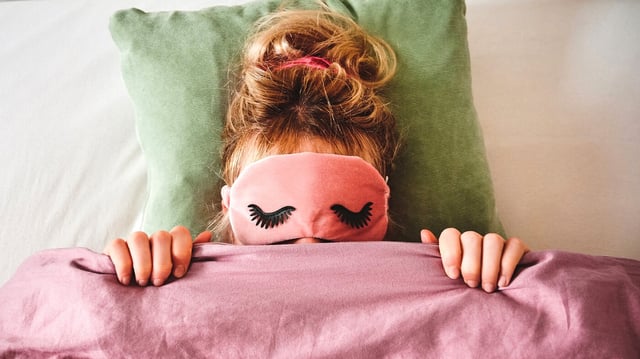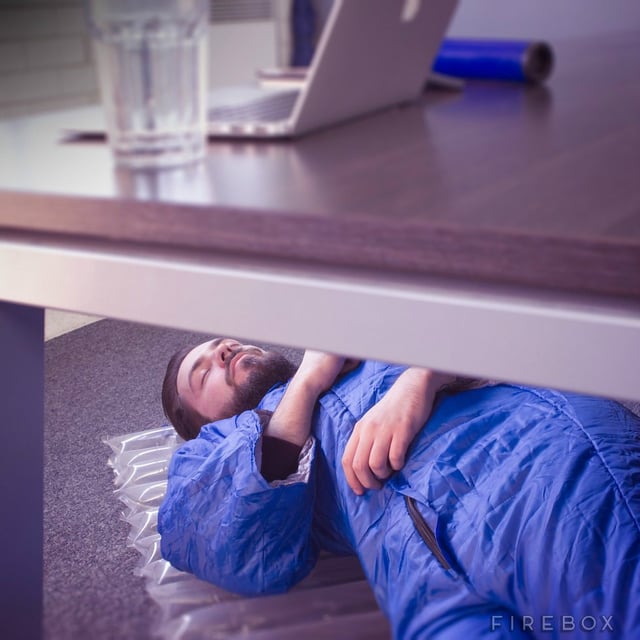Overview
- Participants reaching deep N2 sleep in a 20-minute nap had ‘Aha’ moments on 87.5% of trials versus 63.6% in light N1 sleep and 55.5% in wakeful controls
- Steeper EEG spectral slopes during naps—a marker of deeper sleep—reliably forecast which individuals would experience rapid problem-solving insights
- The PLOS Biology study had 90 volunteers perform a four-block dot-motion recognition task with a covert color-cue shortcut introduced in the final block
- To ensure participants entered N2 sleep, researchers instructed them to cut their prior night’s sleep by one third and avoid caffeine on the day of the experiment
- Experts note that nonrandomized group allocation and a single-task design limit the findings’ generalizability and call for varied, randomized follow-up studies

